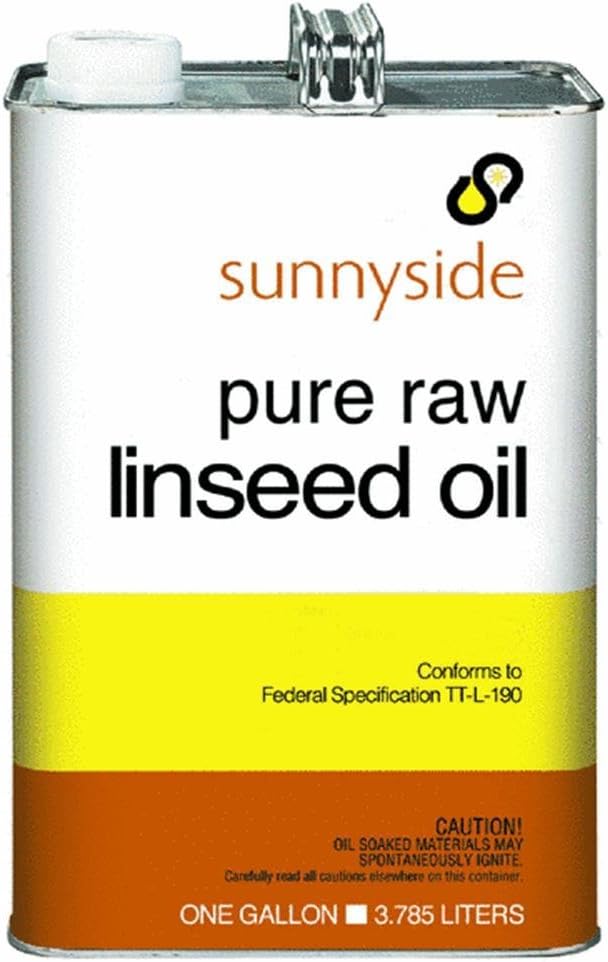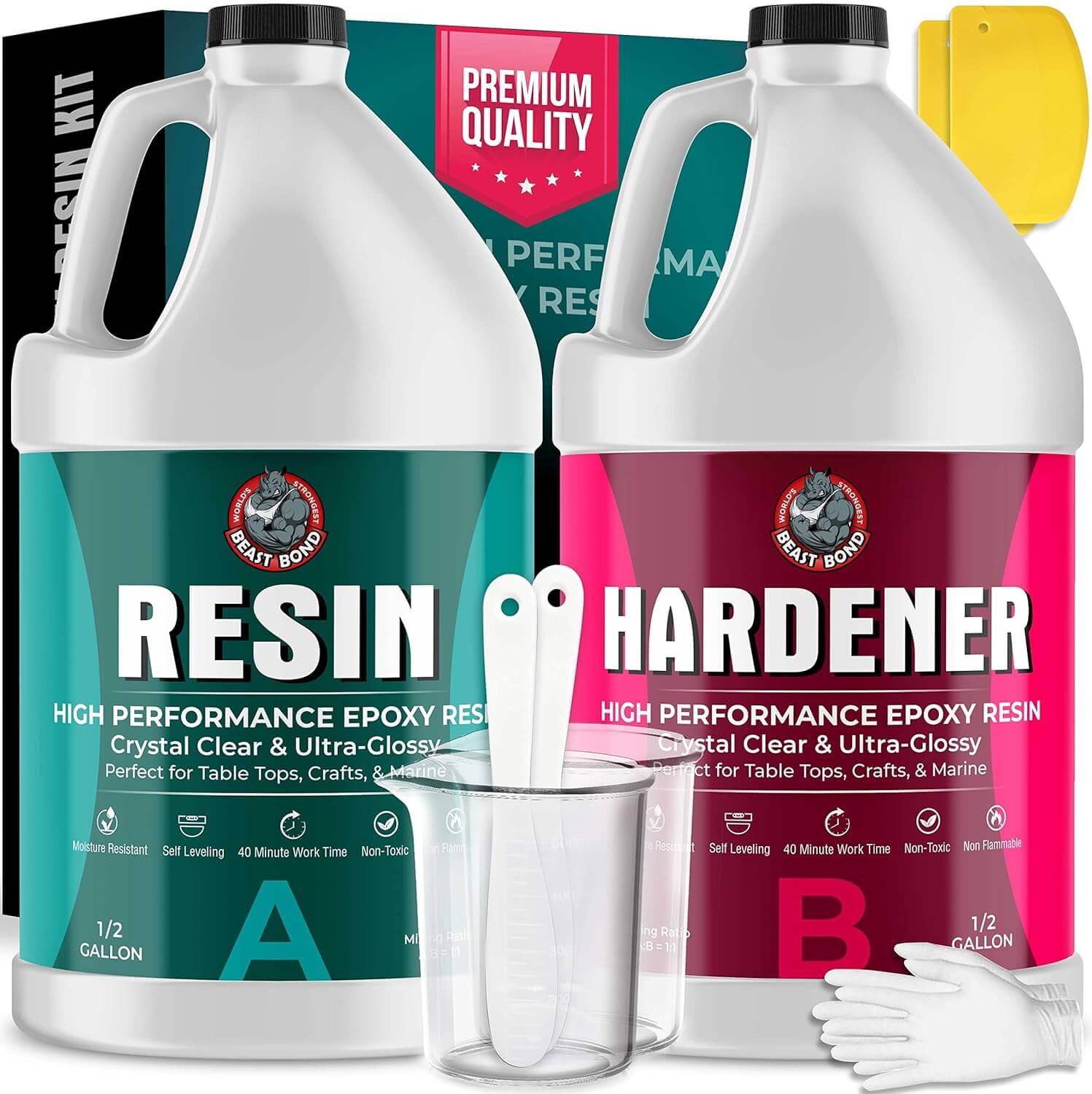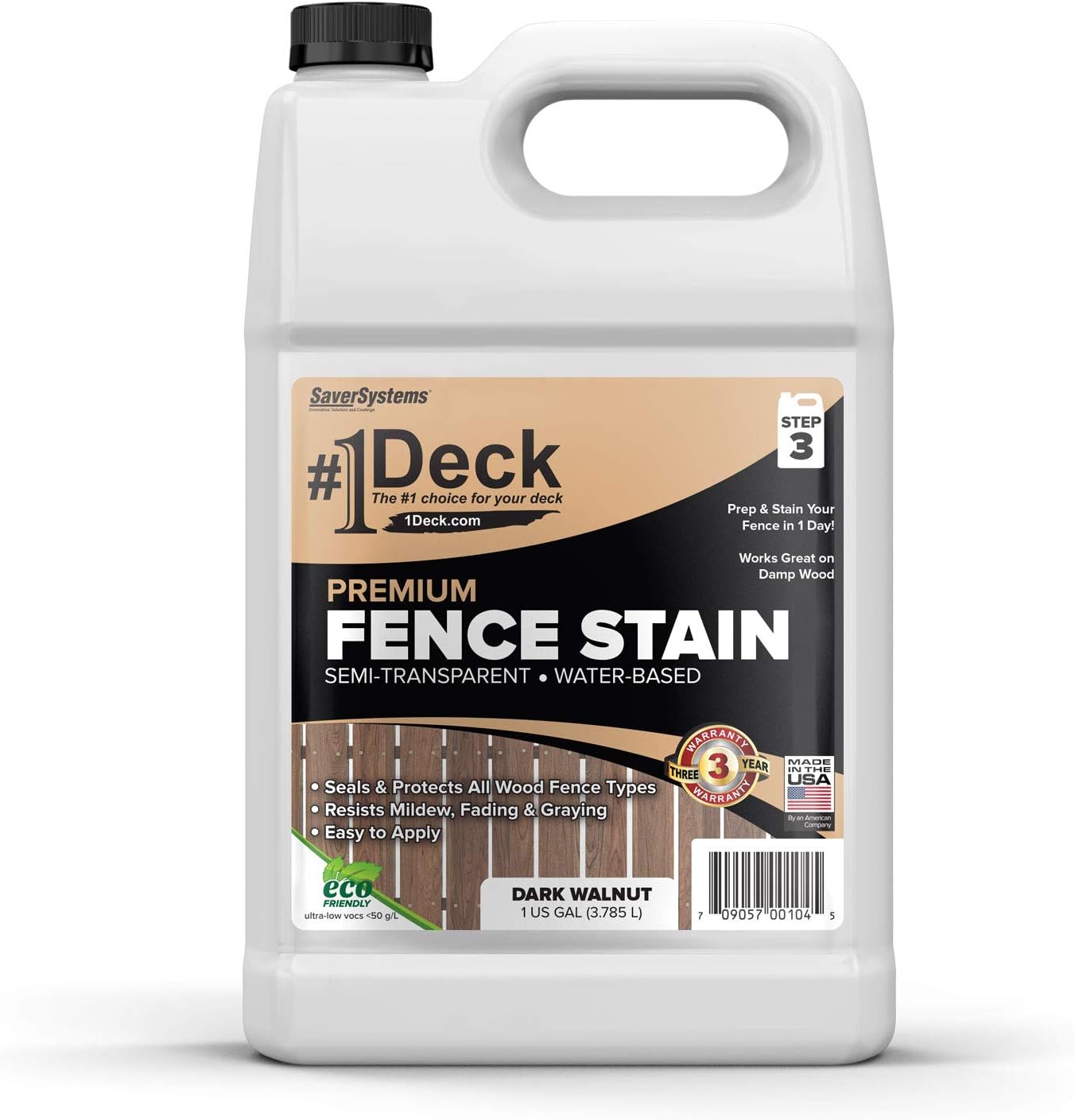Treating wood for outdoor use is not just a choice but a necessity. When wood is exposed to outdoor elements like rain, sun, and insects, it can deteriorate and lose its strength and beauty. Therefore, treating wood for outdoor use and ground contact is essential to prolong its life and maintain its aesthetic appeal.
In this guide, we’ll explore the importance of treating wood for outdoor use, the types of wood suitable for such projects, common issues, treatment methods, application techniques, and maintenance tips.
Understanding Wood and Its Properties
Wood is a natural material that is susceptible to damage from outdoor elements. Different types of wood have different levels of resistance to these elements. For instance, cedar and redwood are naturally resistant to decay and insects, making them ideal for outdoor use. However, even these types of wood can benefit from additional treatment to enhance their durability.
Common Outdoor Wood Issues
Exposure to elements such as insect infestations, and the risk of rot and decay are challenges that treated wood aims to overcome.
We have written a comprehensive guide on the best type of woods for outdoor furniture that answers all questions on which softwoods and hardwoods are best suited for the outdoors.
Before we get into more details here’s a quick handy comparison table to help you decide your preferred wood treatment method.
Outdoor Wood Treatment methods pros and cons
| Treatment | Pros | Cons |
|---|---|---|
| Stain & Sealer Combo: | Deep protection, nourishes wood, a natural look. | Might require more frequent reapplication. |
| Penetrating Oil (Tung or Linseed): | Requires regular upkeep, and longer drying time. | Can crack or peel over time, and requires good ventilation during application. |
| Polyurethane, Lacquer, or Varnish: | Durable, waterproof barrier, various finishes available. | Requires proper surface prep, and hides wood’s natural beauty. |
| Paint: | Most customizable look, ultimate protection. | Most customizable look, and ultimate protection. |
Methods for Treating Wood for Outdoor Use
There are several methods for treating wood for outdoor use. The choice of method depends on the type of wood, its intended use, and personal preference. Here are some common methods:
Linseed or Tung Oil
Linseed and Tung oil are natural oils that penetrate the wood and provide a protective barrier against moisture and UV rays. These oils are easy to apply and give the wood a beautiful, natural finish.
To apply, simply pour a small amount of oil onto a clean cloth and rub it into the wood. Allow the oil to soak in for a few minutes, and then wipe off any excess. Repeat this process until the wood no longer absorbs the oil. It’s recommended to reapply the oil annually for best results.
- Penetrates deep and protects wood creating a quality finish for wood furniture and antiques
- Increases water repellency and weather resistance
- Can be added directly to oil-based paints and stains
Lacquer, Epoxy, or Varnish
Exterior lacquers, epoxies, and varnishes provide a hard, protective finish that is resistant to water, UV rays, and scratches. These finishes are more durable than oil and are ideal for wood items that will be heavily used or exposed to harsh weather conditions.
To apply, use a brush to evenly coat the wood with the finish. Allow the finish to dry completely, then lightly sand the surface and apply a second coat. Repeat this process until you achieve the desired level of protection.
Crystal Clear, Self-Leveling, UV & Impact Resistant Resin. Get an ultra-glossy finish without imperfections or the need for polishing. It's scratch-resistant, repels moisture, and stays clear without yellowing.
Pressure Treatment
What Is Pressure-Treated Wood?
Pressure treatment is a process that forces a chemical preservative deep into the wood. The preservative protects the wood from decay and insects, making it ideal for outdoor use.
Pressure-treated wood is typically used for structural purposes, such as decks and fences, but it can also be used for outdoor furniture. However, it’s important to note that pressure-treated wood should be sealed or stained to protect it from the elements and to prevent the preservative from leaching out.
Stain-Sealer Combo
A stain-sealer combo provides the benefits of a stain and a sealer in one product. The stain enhances the natural beauty of the wood, while the sealer provides a protective barrier against moisture and UV rays.
To apply, use a brush to evenly coat the wood with the stain-sealer. Allow the product to penetrate the wood for a few minutes, and then wipe off any excess. Allow the stain-sealer to dry completely before using the wood item.
Easy to Apply Water-Based. Waterproof Protection for All Wood Surfaces Including Fences, Decks, Siding, and Log Home Boards. Resists Fading, Graying, & Peeling.
Oil Finish
An oil finish penetrates the wood and provides a protective barrier against moisture and UV rays. Oil finishes are easy to apply and give the wood a beautiful, natural look.
To apply, simply pour a small amount of oil onto a clean cloth and rub it into the wood. Allow the oil to soak in for a few minutes, and then wipe off any excess. Repeat this process until the wood no longer absorbs the oil. It’s recommended to reapply the oil annually for best results.
Maintaining Treated Wood
Even with proper treatment, outdoor wood requires regular maintenance to keep it looking its best. This includes cleaning the wood regularly to remove dirt and mildew, reapplying the finish as needed, and repairing any damage promptly to prevent further deterioration.
Conclusion
Treating wood for outdoor use is essential to prolong its life and maintain its beauty. Whether you choose to use oil, a lacquer, or pressure treatment, the key is to apply the treatment properly and maintain the wood regularly. With the right care, your outdoor wood can remain beautiful and strong for many years to come.
Frequently Asked Questions
- What is the best wood for outdoor use? Cedar and redwood are naturally resistant to decay and insects, making them ideal for outdoor use. However, even these types of wood can benefit from additional treatment.
- How often should I treat my outdoor wood? This depends on the type of treatment and the conditions the wood is exposed to. As a general rule, it’s a good idea to check the wood annually and reapply the treatment as needed.
- Can I use indoor wood for outdoor projects? Indoor wood can be used for outdoor projects, but it must be properly treated to withstand the outdoor elements.
- What happens if I don’t treat my outdoor wood? Untreated wood is susceptible to decay, insects, and UV damage. Over time, this can cause the wood to deteriorate and lose its strength and beauty.
- Can I paint over treated wood? Yes, you can paint over treated wood. However, it’s important to allow the wood to dry completely before painting, as the treatment can make the wood damp.

John Brown
John Brown brings a wealth of experience and passion for DIY, Home and Garden, and Woodworking. With a dedication to empowering enthusiasts, he shares insights, tips, and comprehensive guides to help you transform spaces and master woodworking skills.



